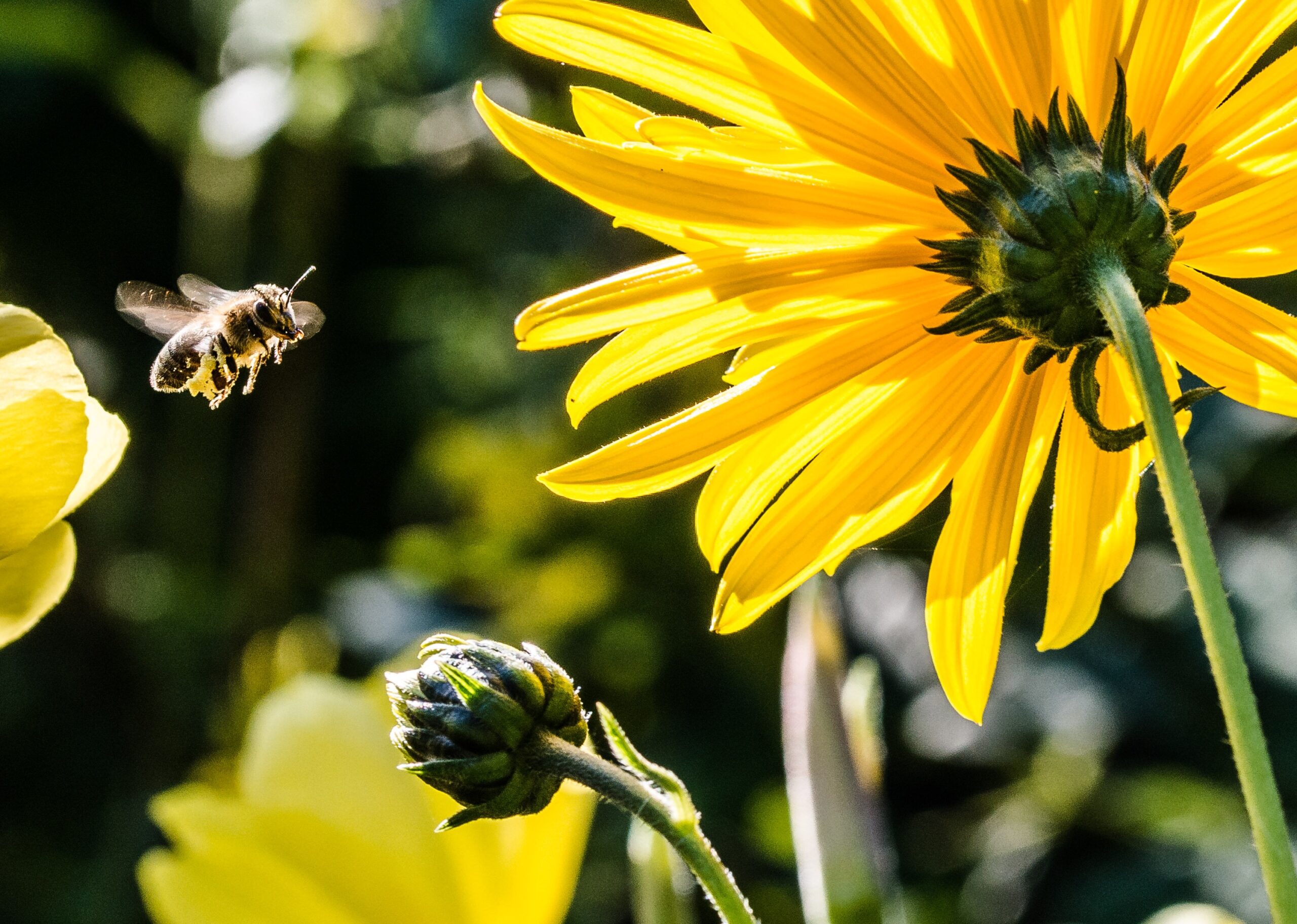At Chirp we love to talk about how to support the birds. But our avian friends aren’t the only ones in trouble: let’s talk about the bees. Like birds, bees have seen a steep population decline in the past several years. In the US alone, we’ve lost 2.96 million honey bee colonies from global warming, habitat loss, pesticides, drought, and other environmental factors. And U.S. National Agricultural Statistics report a 60% reduction in honey bee hives from 1947 to 2008. The American bumblebee, among many endangered bees, has seen their numbers decline by 99% in some US states.
Why Bees are So Important
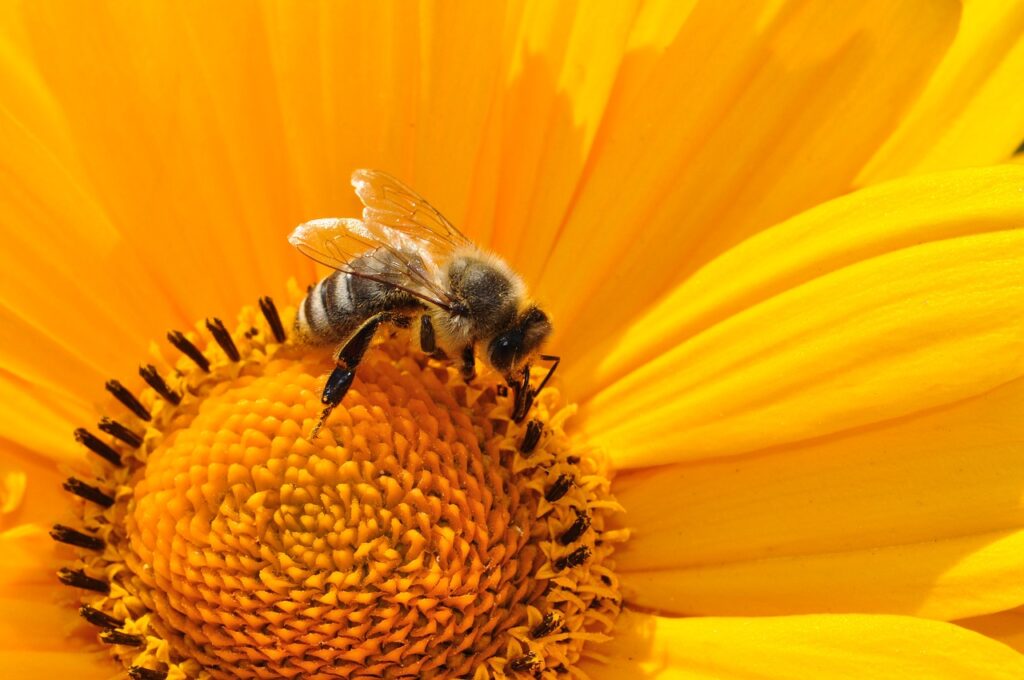
Bees are vital pollinators that we rely on for the health of 90% of our plants, including our food crops. These plants are also used to provide food for wildlife, to make medicine, and to produce raw materials for everyday products. Not to be overlooked, these plants are also responsible for the oxygen we breathe, and the absorption of carbon dioxide.
More bee statistics:
- From April 2020 to April 2021, commercial beekeepers in the US reported a 45% loss of their honey bee colonies.
- Bees are responsible for pollinating 80% of flowering plants in the US.
- Bees and other pollinators are responsible for one-third of the global food supply.
- In one year, honey bees can gather 40 lbs. of pollen and 265 lbs. of nectar.
- On average, one honey bee can pollinate more than 2,000 flowers in one day.
How You Can Help the Bees
Plant a pollinator garden
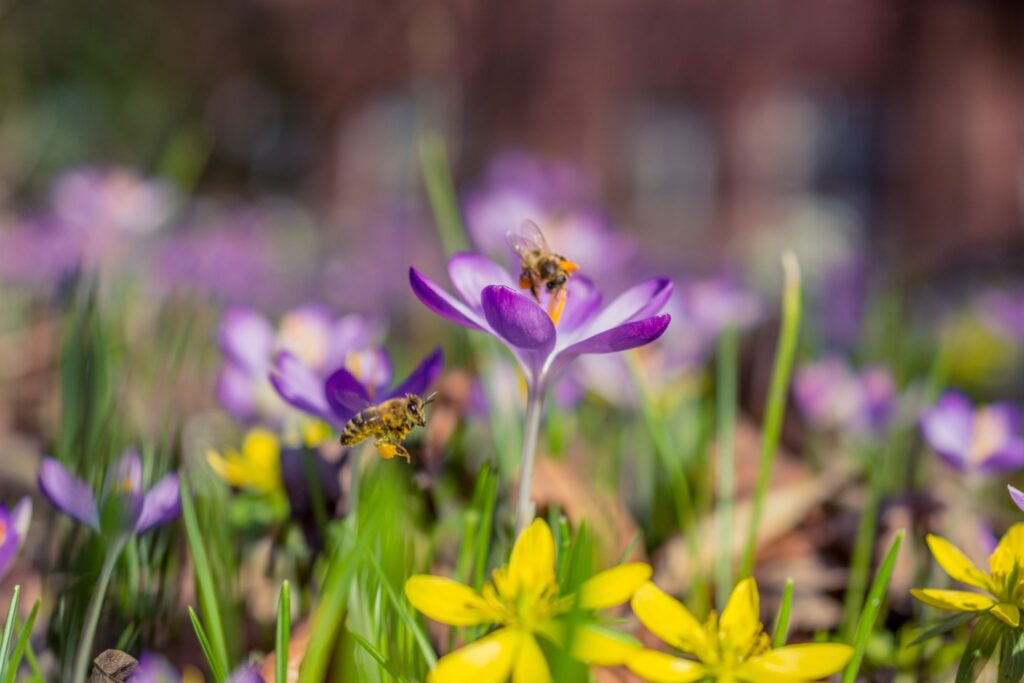
Whether your whole backyard or just a cozy corner, creating a space for the bees to pollinate is key. Planting a pollinator garden means planting native plants that include wildflowers that bees love. Think of your favorite nectar-full flowers to plant, like California poppies, sunflowers, and asters. Try to incorporate seasonal plants so that bees can pollinate all year. And remember, you don’t need much space to create a bee-friendly habitat. One or two window boxes or planters is enough if you have limited space.
For a more comprehensive list, see the California Native Plant Society’s list of bee-friendly plants.
Avoid using pesticides and chemicals
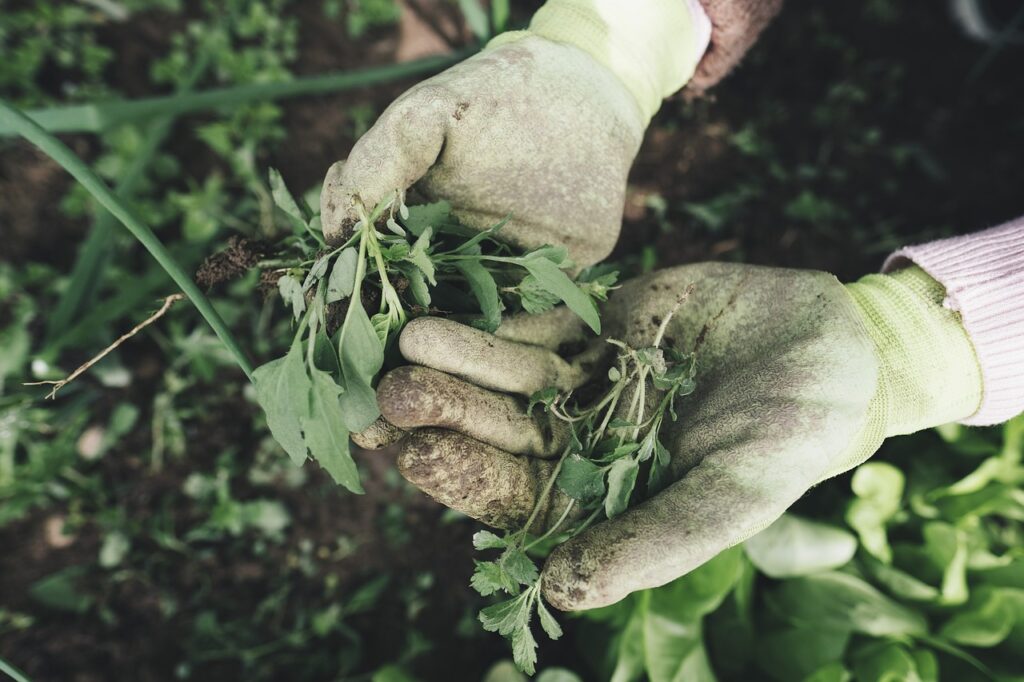
Pesticides, fertilizers, herbicides, and other chemicals are harmful to bees, birds, and other wildlife. These chemicals often kill bees outright, or stress their sensitive systems, increasing their exposure to disease. When looking for chemical-free plant and pest control, go as natural as possible. Some bee-safe ways to deter pests in your garden include neem oil, vinegar, Epsom salt, and castile soap. Look for non-toxic, off-the-shelf pesticides that include things like garlic and kaolin clay. Avoid products that include neonicotinoids, carbamates, synthetic pyrethroids, organophosphates, chlorinated cylcodienes.
Leave logs and trees be

Holes in trees, hollow logs, and other natural cavities are bee shelters. This is especially true for certain trees, like willows, maples, and alders—to name just a few. Not only are these excellent resting places for bees, but the tree’s flowers and pollen are essential for them.
Want to support your local bees, but don’t have mature trees or logs lying around in your yard? Consider a bee hotel, which is kind of like a birdhouse for bees. Place it against a flat surface, like a shed, fence, or tree, at least 3 feet off the ground to protect bees from predators and flooding from rain. And don’t worry about being stung—the bees that visit your hotel are solitary bees and not aggressive.
Support local and global rewilding efforts

Rewilding is the act of protecting and caring for wild natural areas to help reset the balance lost by human intervention. On a personal scale, we can “rewild” in our own backyard by letting our garden go wild, and not cleaning up leaves and brush in our backyards, letting our grass grow longer between mowing sessions, and using lawn clippings to mulch around your garden.
Did you know that you can also transform your garden or yard into a wildlife habitat? The National Wildlife Federation requires that you have 5 things in your outdoor space to be certified: Food, water, cover, places for wildlife to raise young, and sustainable gardening practices. Once your green space is certified, your local wildlife (birds, bees, and butterflies included) will enjoy a beautiful place to rest and replenish.
On a global scale, you can get involved with rewilding efforts around the globe, like The Rewilding Institute and the True Nature Foundation.
Support bee conservation organizations
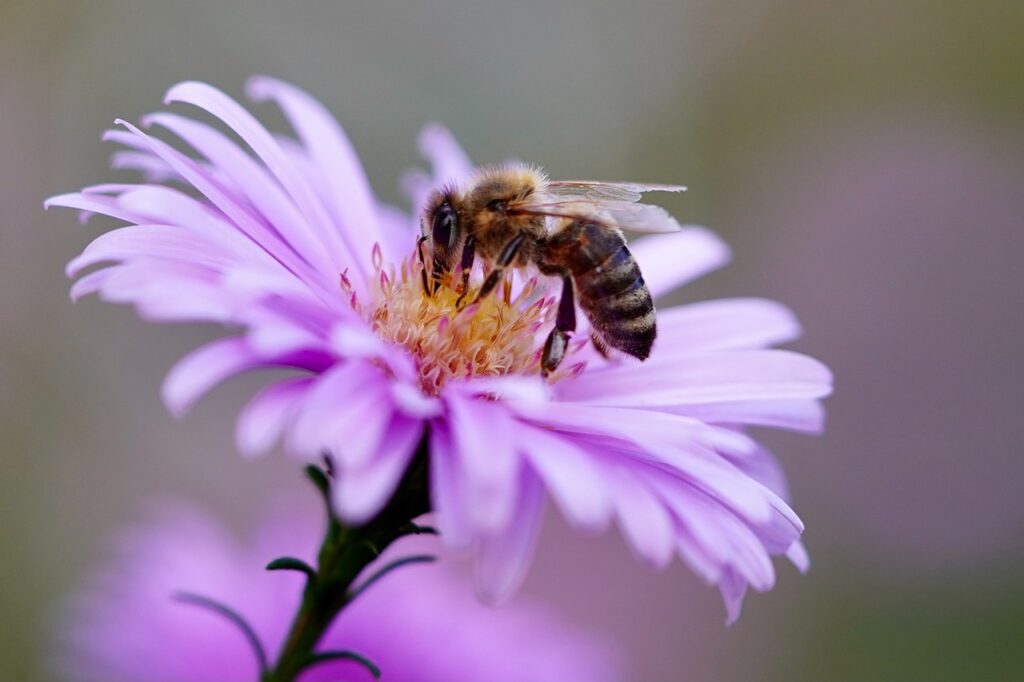
These organizations include:
Spend Your Summer with Us!
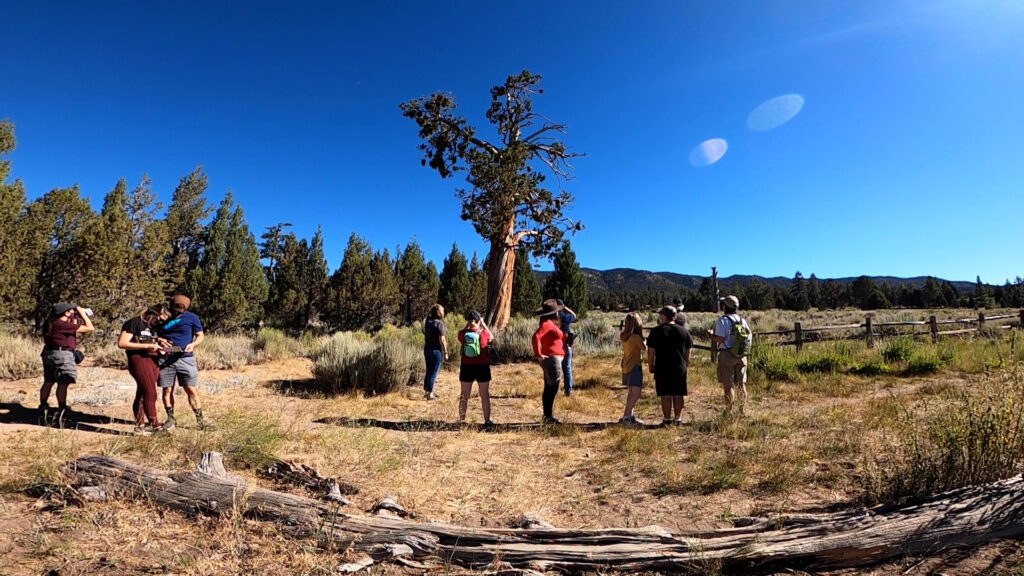
Looking for fun outdoor adventures for the whole family? We’ve got you covered. Check out our monthly Bird Walks, where we take you on a guided tour through favorite birding spots in the Big Bear Valley. Hosted on the first Saturday of every month, these guided tours are free of charge and perfect for birders young and old.
If you’d rather stay in and beat the summer heat, spend an afternoon perusing the Chirp YouTube channel, where you’ll find tips on backyard birding, virtual tours of Big Bear birding hotspots, and other nature-inspired tidbits.

